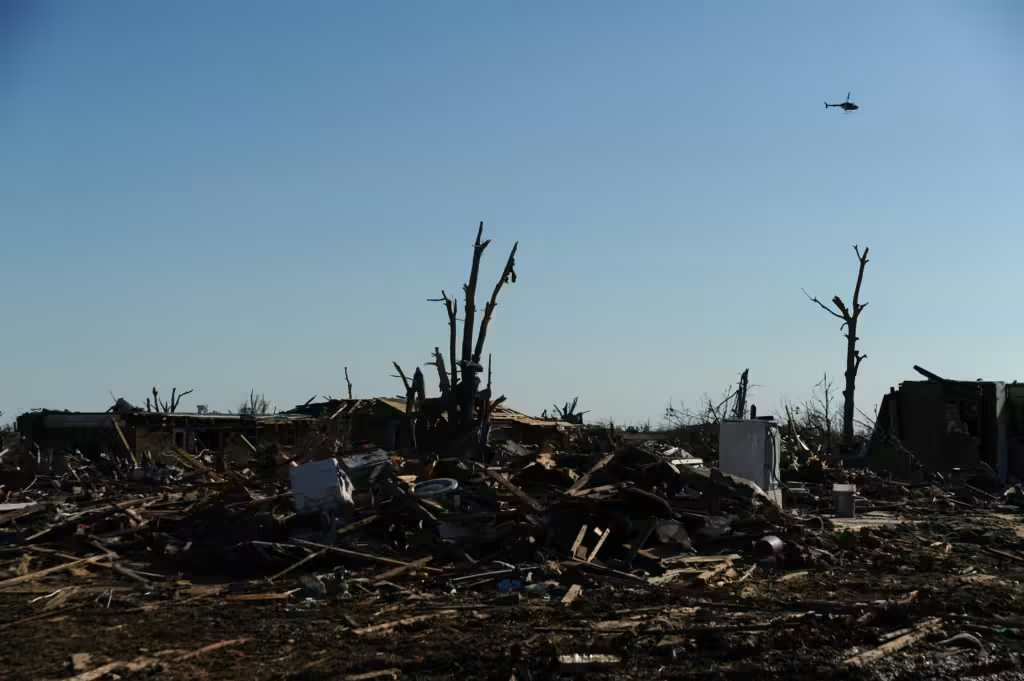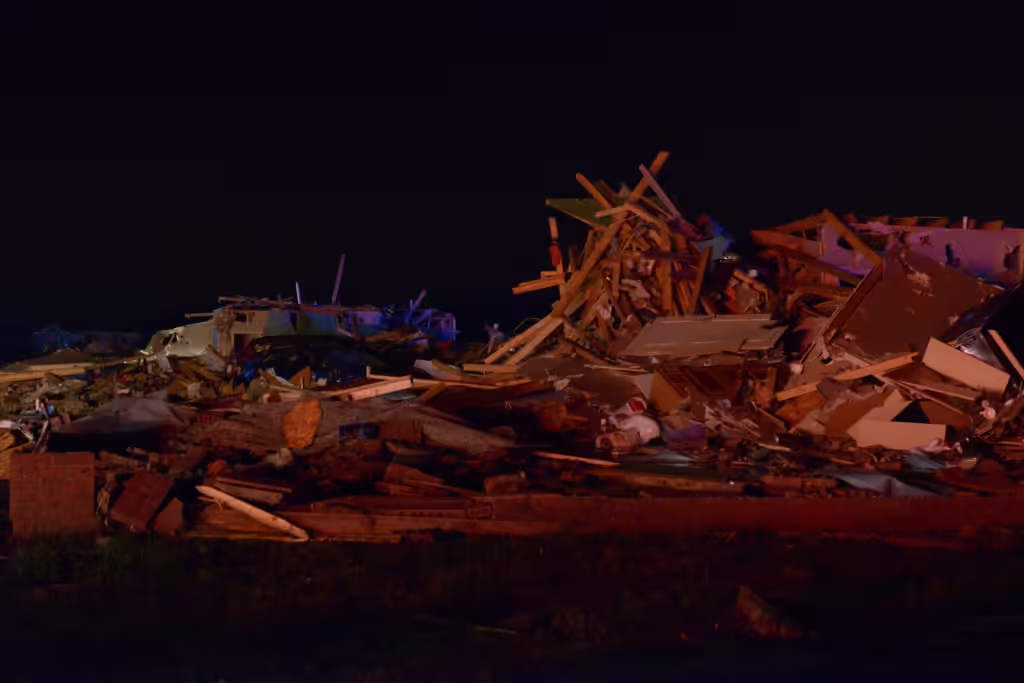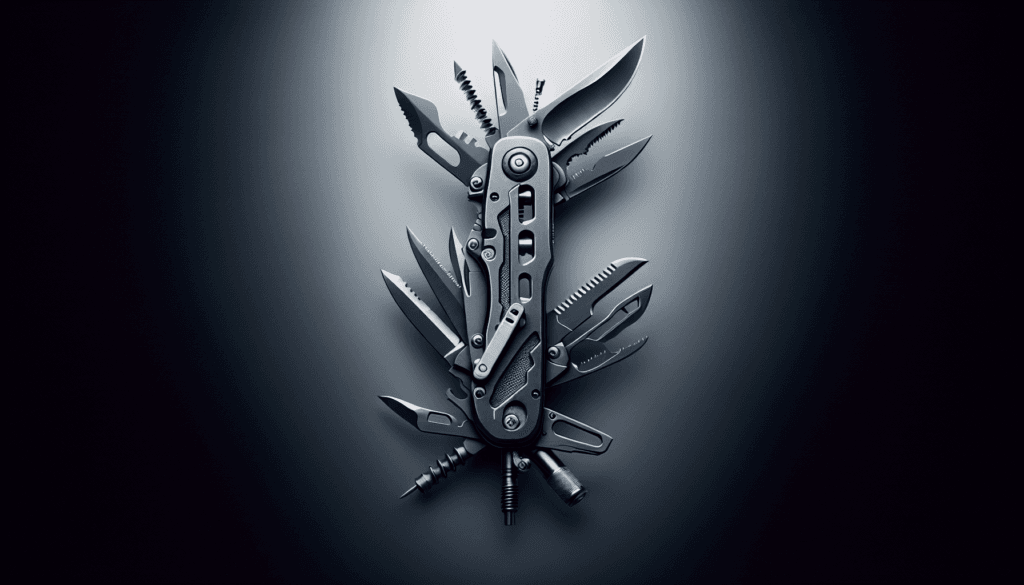In an unpredictable world, being prepared for emergencies is not merely advisable but essential. “10 essential tools for emergency readiness” delves into the necessity of equipping yourself with fundamental tools to mitigate unforeseen crises effectively. This comprehensive guide details each tool’s importance, backed by historical context and current trends, emphasizing the evolution of emergency preparedness. The article not only lists the tools but also explores their practical applications through case studies and expert recommendations, ensuring a well-rounded understanding.
With insights into future trends in emergency readiness, the piece provides a foresight that underscores the growing relevance of these tools in safeguarding lives and property. Have you ever wondered what you would do in the event of an emergency? Whether it’s a natural disaster, a power outage, or a medical emergency, being prepared can make all the difference. As we navigate an increasingly unpredictable world, having the right tools for emergency readiness is no longer a luxury, but a necessity.
Table of Contents
10 Essential Tools for Emergency Readiness
Overview
In today’s ever-changing environment, the need for emergency preparedness has never been more critical. With the rise in natural disasters, global instability, and unexpected health crises, knowing which tools and resources can ensure your safety and well-being is essential. This article delves into the ten essential tools for emergency readiness, providing a comprehensive guide to help you prepare effectively.
Thesis Statement
This article argues that possessing a well-rounded set of emergency tools and knowledge can significantly mitigate the risks associated with unforeseen crises. By investing in these essential tools, you can enhance your preparedness and ensure the safety of you and your loved ones.

This image is property of images.unsplash.com.
Historical Context
The concept of emergency readiness is not new. Historically, societies have always had some form of preparedness for unexpected events. For example, Ancient civilizations stored food and water to survive harsh winters or droughts. Similarly, during the Cold War, many families built bomb shelters stocked with essential supplies. Over the decades, the tools and strategies have evolved, but the principle remains the same: preparedness is key.
Current Trends
In recent years, advancements in technology have significantly impacted emergency readiness. From sophisticated weather prediction models to mobile apps that provide real-time emergency alerts, modern tools have evolved to meet today’s challenges. Additionally, the increased frequency of climate-related disasters and the global COVID-19 pandemic have underscored the importance of being prepared for a range of emergencies.

This image is property of images.unsplash.com.
Key Concepts and Definitions
Before diving into the essential tools for emergency readiness, it’s important to understand some key terms:
- Bug-Out Bag (BOB): A portable kit containing essential items needed to survive for at least 72 hours.
- First Aid Kit: A collection of supplies and equipment used to give medical treatment.
- Emergency Communication Plan: A plan that outlines how to contact family members and friends during an emergency.
- Self-Sufficiency: The ability to provide for oneself without relying on external assistance.
Detailed Exploration
1. Bug-Out Bag (BOB)
A Bug-Out Bag is your first line of defense in an emergency. Designed to sustain you for at least 72 hours, this portable kit should include:
- Identification and Important Documents: Copies of ID, insurance, and emergency contacts.
- Food and Water: Non-perishable items and water purification tablets.
- Clothing and Shelter: Weather-appropriate clothing, a tent, or a sleeping bag.
- Tools: A flashlight, multi-tool, and fire-starting kit.
- First Aid Kit: Basic medical supplies to treat injuries.
2. First Aid Kit
A comprehensive first aid kit is crucial for addressing minor injuries and stabilizing more serious conditions until professional help arrives. Essential items include:
- Bandages and Dressings: Various sizes for different types of wounds.
- Antiseptics: Alcohol wipes, hydrogen peroxide.
- Medications: Pain relievers, antihistamines, and personal prescription meds.
- Medical Tools: Scissors, tweezers, and a thermometer.
3. Emergency Communication Plan
In an emergency, communication is key. Ensure that you have a plan in place that includes:
- Emergency Contacts: A list of phone numbers of family, friends, and emergency services.
- Communication Tools: A battery-powered radio, fully charged power banks, and possibly a satellite phone.
- Social Media: Utilize platforms like Facebook’s Safety Check to alert your status.
4. Water Filtration System
Water is essential for survival, but in many emergency scenarios, clean water can be scarce. A reliable water filtration system ensures that you have access to safe drinking water. These systems can range from portable filters to purification tablets and are vital in scenarios like floods or remote evacuations.
5. Food Supplies
Non-perishable food items are indispensable in an emergency. Stock a variety of:
- Canned Goods: Vegetables, beans, and meats.
- Dry Foods: Pasta, rice, and cereals.
- Ready-to-Eat Meals: MREs (Meals Ready-to-Eat) that require minimal preparation.
6. Multi-Tool
A multi-tool is incredibly versatile, featuring various handy tools in one compact design. It typically includes:
- Knife: For cutting and preparing food or materials.
- Screwdriver and Pliers: For small repairs.
- Scissors and Can Opener: For various daily tasks.
7. Emergency Radio
An emergency radio keeps you informed about weather conditions, news updates, and emergency instructions. Features to look for include:
- AM/FM and NOAA Channels: For comprehensive coverage.
- Battery or Solar-Powered: Ensures functionality without electricity.
- Built-in Flashlight and USB Charger: Multifunctionality for added utility.
8. Fire-Starting Kit
A fire-starting kit can be a lifesaver in multiple emergency situations. It provides heat, a means to cook food, and a source of light. Components should include:
- Waterproof Matches: Reliable ignition source.
- Ferrocerium Rod: Durable and works even when wet.
- Tinder: Quick-starting material like cotton balls soaked in petroleum jelly.
9. Personal Protective Equipment (PPE)
In the age of pandemics and environmental disasters, proper PPE is a must. Essential items include:
- Masks: N95 or better, to filter out particulates and viruses.
- Gloves: Disposable and heavy-duty options for various needs.
- Protective Clothing: Consider a Tyvek suit for chemical or biohazard situations.
10. Portable Power Bank
Power outages are a common issue in emergencies. A reliable power bank ensures that crucial devices like phones, GPS, and radios remain operational. Look for:
- High Capacity: At least 20,000mAh.
- Multiple Charging Ports: To charge several devices simultaneously.
- Durability: Water and shock-resistant models.

This image is property of images.unsplash.com.
Example 1: Hurricane Preparedness
Take the case study of a family preparing for hurricane season. They assemble a bug-out bag, stock up on non-perishable food and water, and establish an emergency communication plan. When a hurricane strikes, they are able to evacuate quickly, stay in touch with relatives, and maintain access to vital resources, illustrating the effectiveness of being well-prepared.
Example 2: Earthquake Survival
Consider a community living in an earthquake-prone area. They conduct drills to familiarize themselves with safety protocols, stockpile first aid kits, and equip each household with a multi-tool and emergency radio. When an earthquake occurs, the community is able to respond swiftly and efficiently, showcasing the importance of having the right tools and plans in place.

Comparison of Different Perspectives
While some argue that emergency preparedness is overly cautious, the counterargument is compelling. In a rapidly changing world, with natural disasters and unexpected emergencies becoming more frequent, preparedness is simply pragmatic. The costs of not being prepared – both financially and in terms of human life – far outweigh the effort and investment required to equip oneself adequately.
Impact Assessment
By comparing these perspectives, it is clear that the benefits of emergency readiness tools are substantial. From reducing the time needed to respond to emergencies to minimizing the physical and emotional toll of unexpected crises, the positive impacts are numerous. These tools empower individuals and communities to take proactive steps, thereby enhancing overall resilience.

Future Directions and Implications
Predictions
In the near future, advancements in technology will continue to transform emergency preparedness. Innovations such as AI-driven predictive models and real-time data analytics will further enhance our ability to anticipate and respond to emergencies. Additionally, the integration of smart-home systems with emergency protocols will provide new levels of safety and convenience.
Implications
The broader implications of effective emergency preparedness extend to societal stability and public health. Prepared communities are not only more resilient but also recover more quickly, reducing the long-term economic and social impacts of disasters. Organizations and governments that invest in widespread education and resource distribution for emergency readiness are likely to see a more robust, prepared populace.
Conclusion
Recap
In summary, the ten essential tools for emergency readiness – a Bug-Out Bag, First Aid Kit, Emergency Communication Plan, Water Filtration System, Food Supplies, Multi-Tool, Emergency Radio, Fire-Starting Kit, Personal Protective Equipment, and Portable Power Bank – are vital for facing unexpected crises. By equipping yourself with these tools, you can significantly enhance your preparedness and resilience.
Final Thought
As you consider the inevitabilities of life’s uncertainties, ask yourself: Are you truly prepared for the unexpected? The steps you take today could make all the difference tomorrow.
Engagement
We invite you to share your thoughts and experiences regarding emergency preparedness. Comment below, share this article with others, and explore our additional resources to further your readiness journey.
Credible Sources
- Ready.gov: Official website for national preparedness.
- American Red Cross: Disaster preparedness resources and tips.
- Centers for Disease Control and Prevention (CDC): Guidelines on emergency health management.
- Federal Emergency Management Agency (FEMA): Comprehensive preparedness guides and resources.
- Smith, John. Emergency Preparedness: Plan, Prepare, and Survive. New York: Safety Press, 2020.
By preparing now, you ensure safety, security, and peace of mind for the future.
Related site – 10 Essential Tools for Ultimate Preparedness

